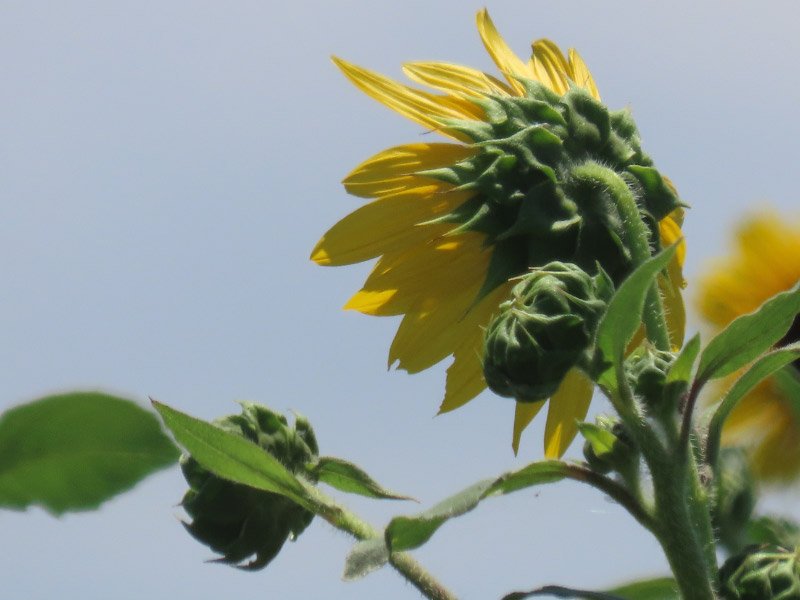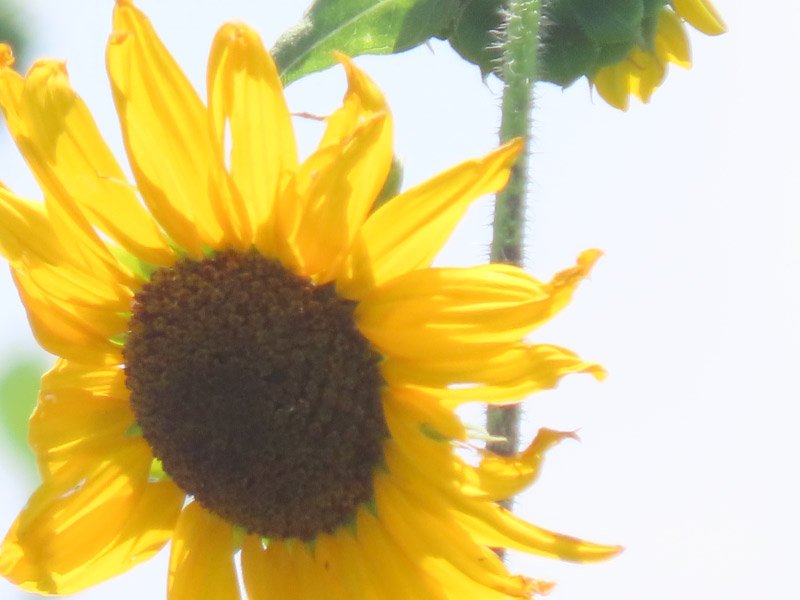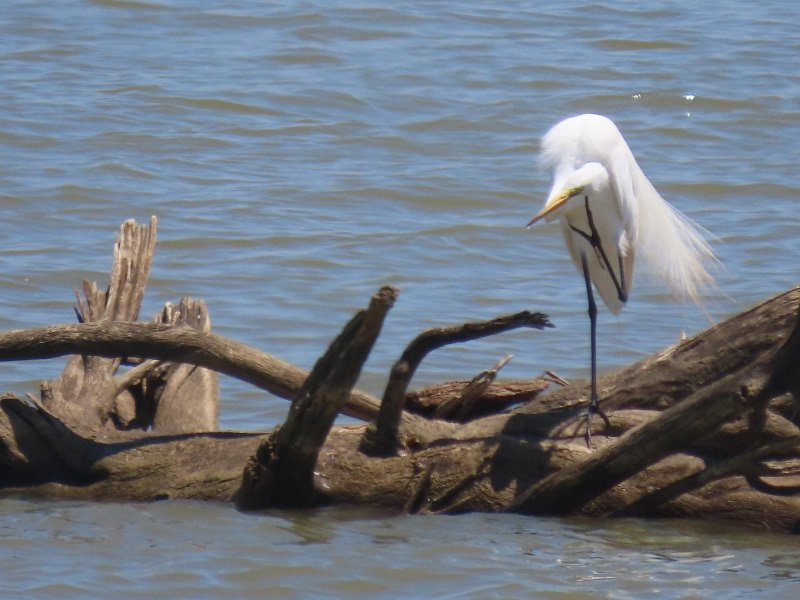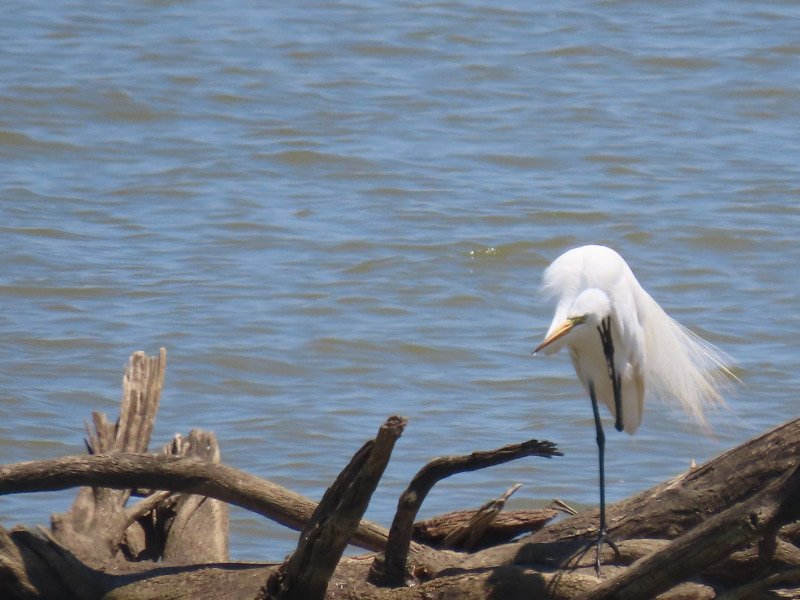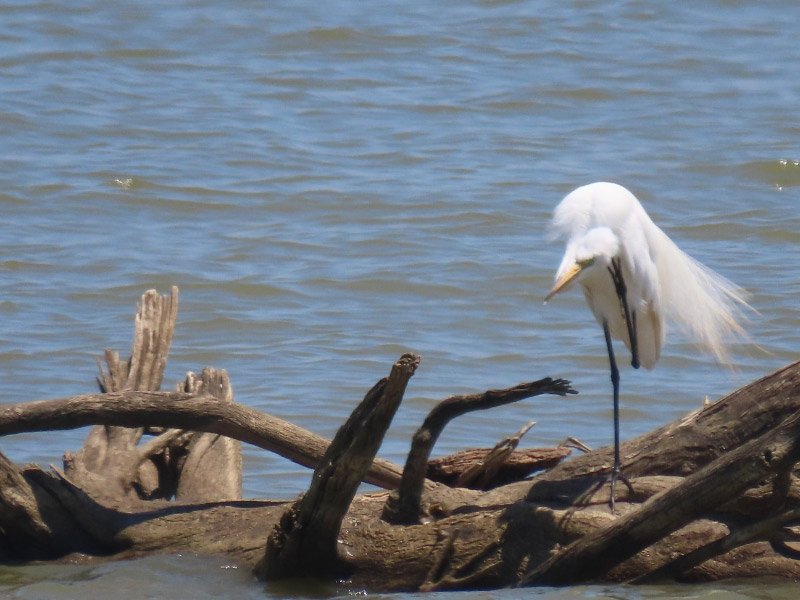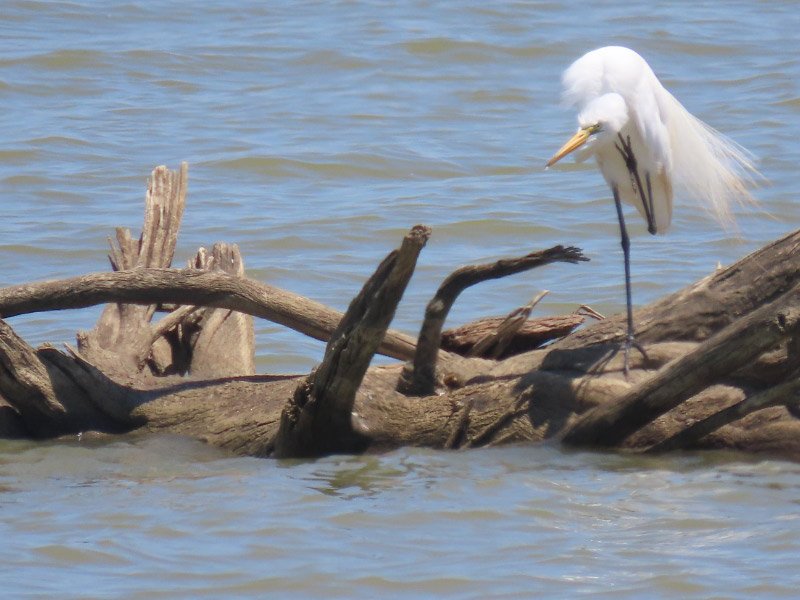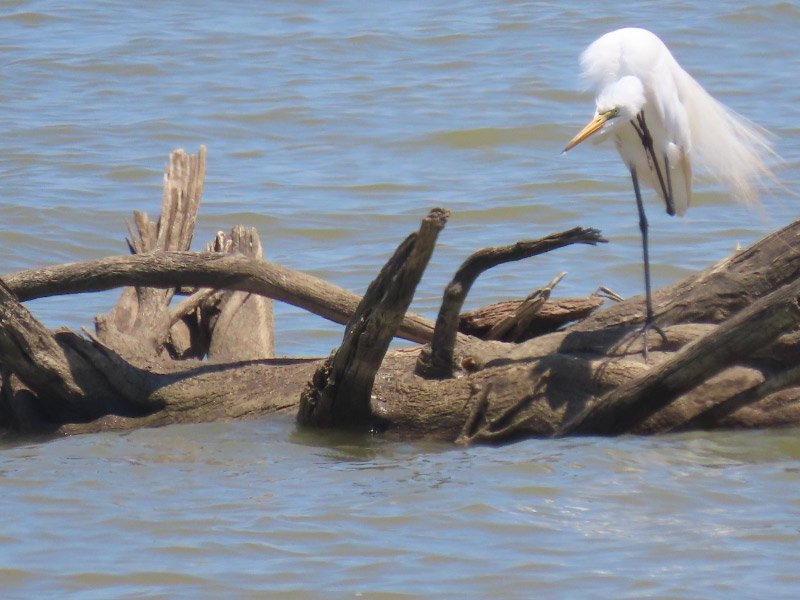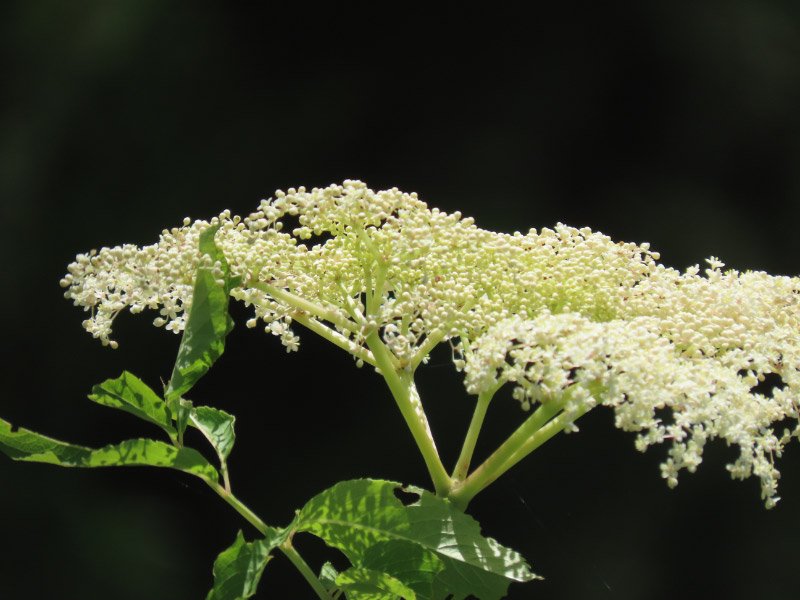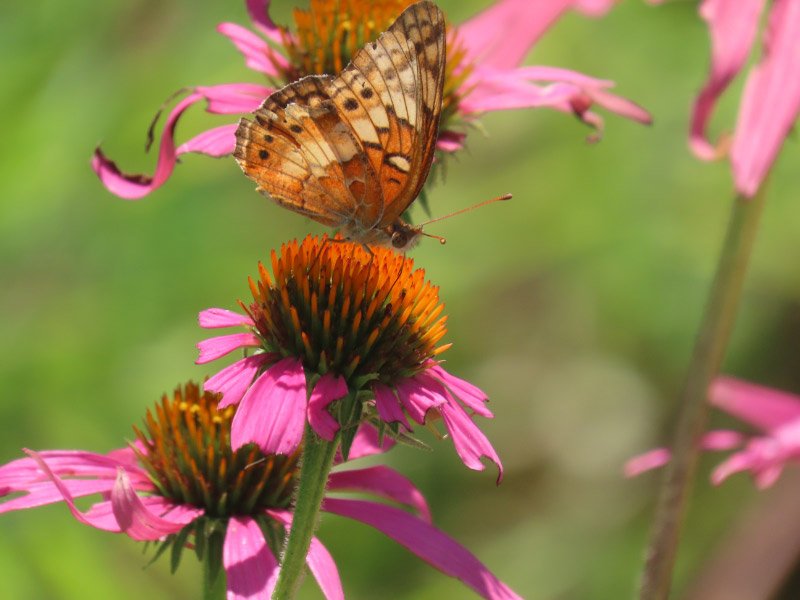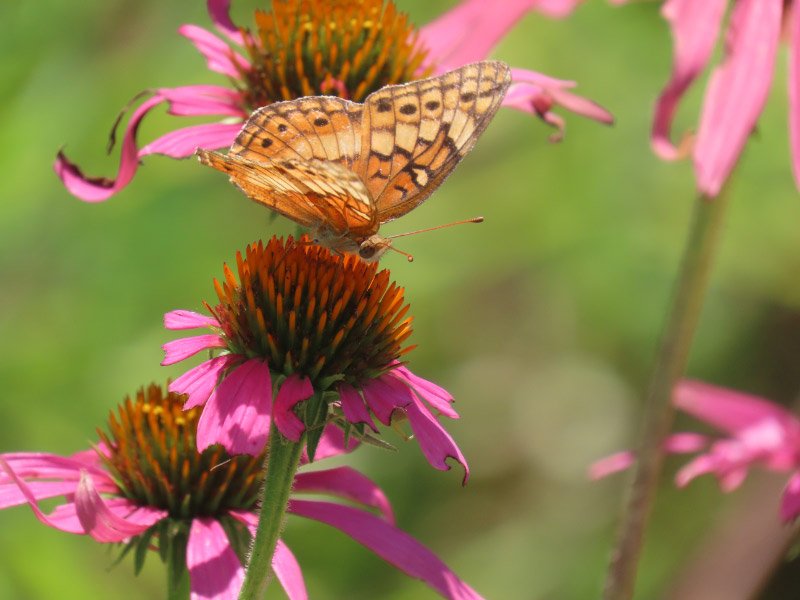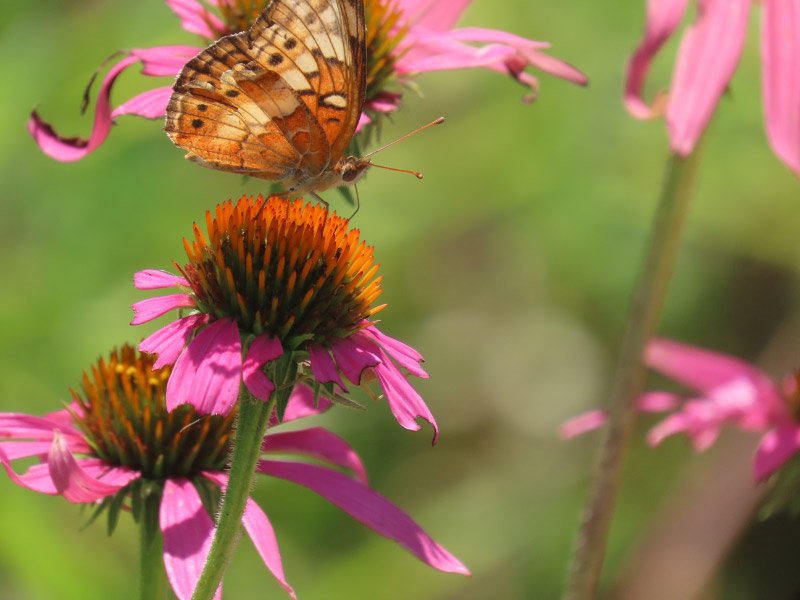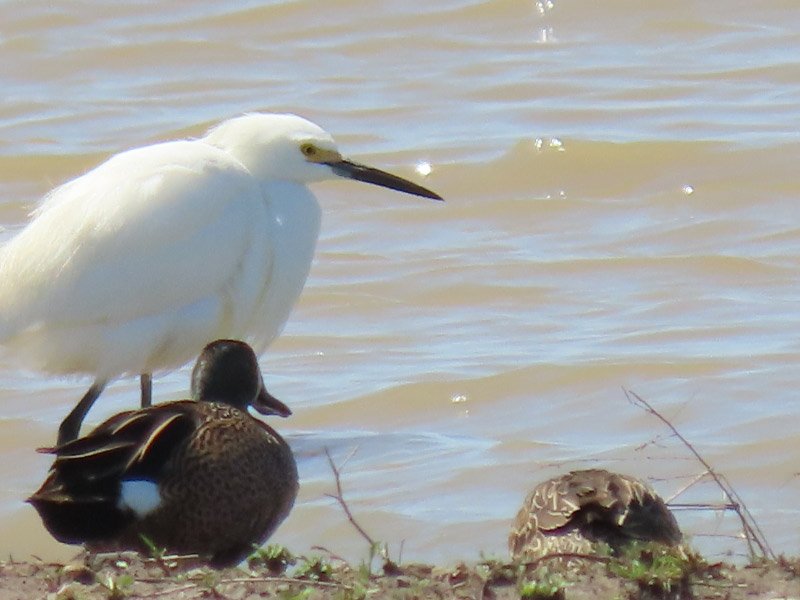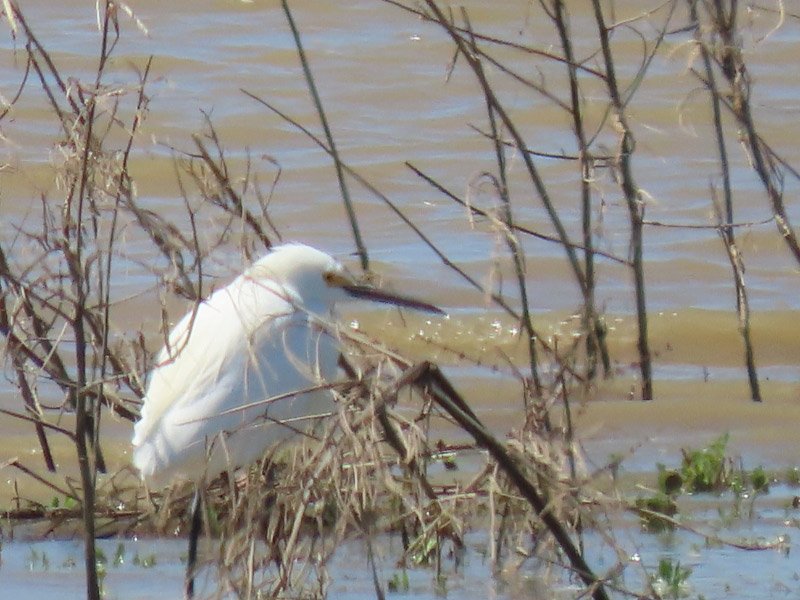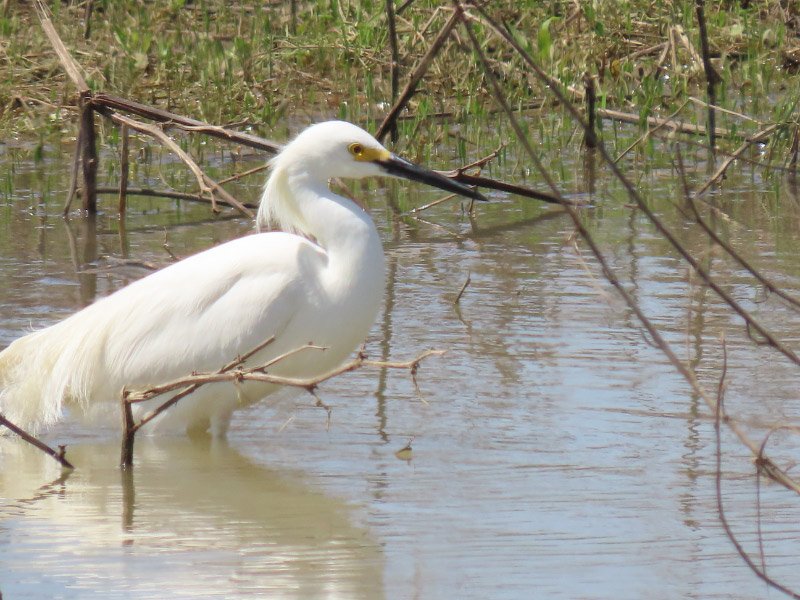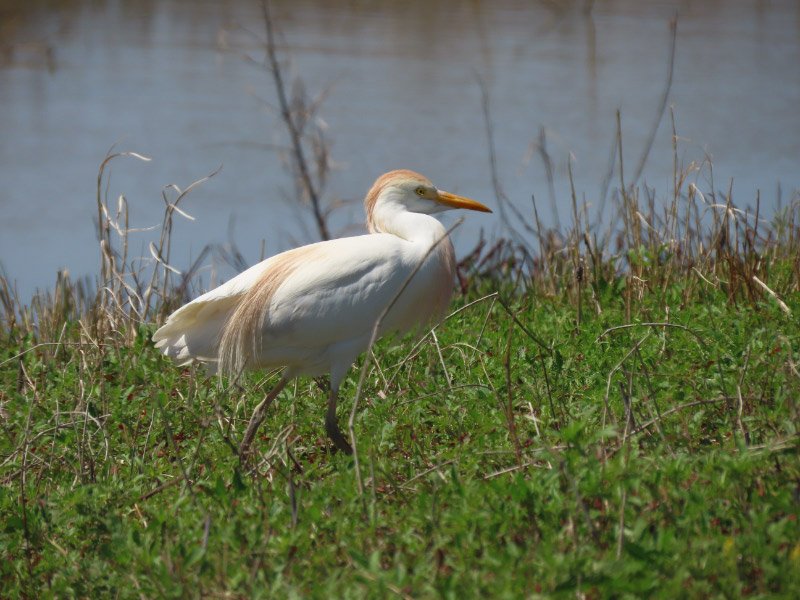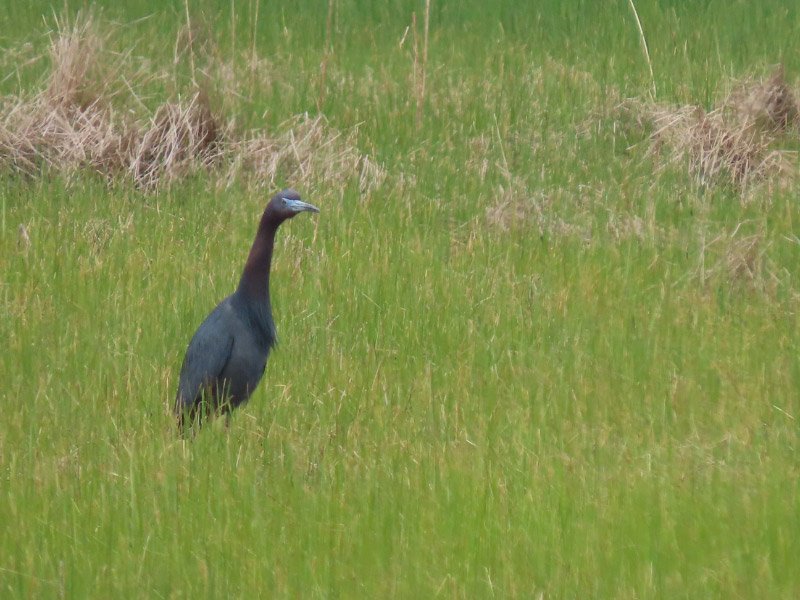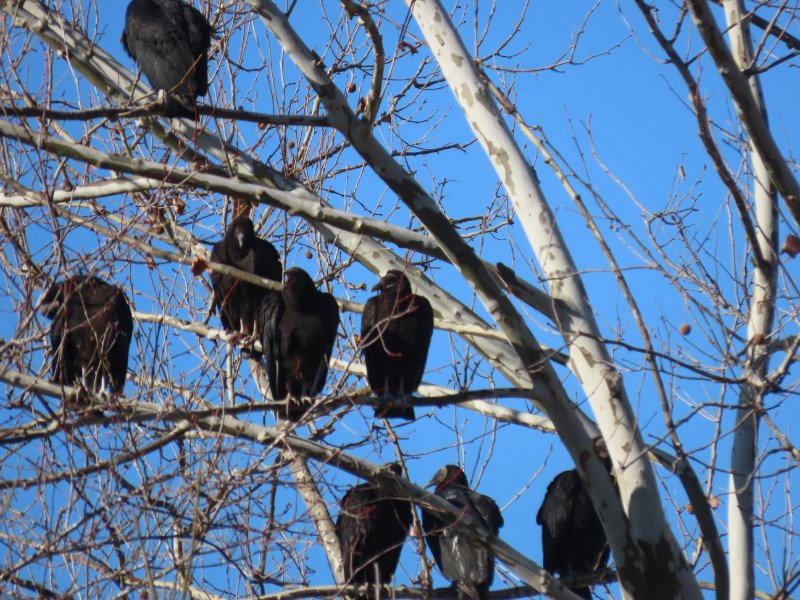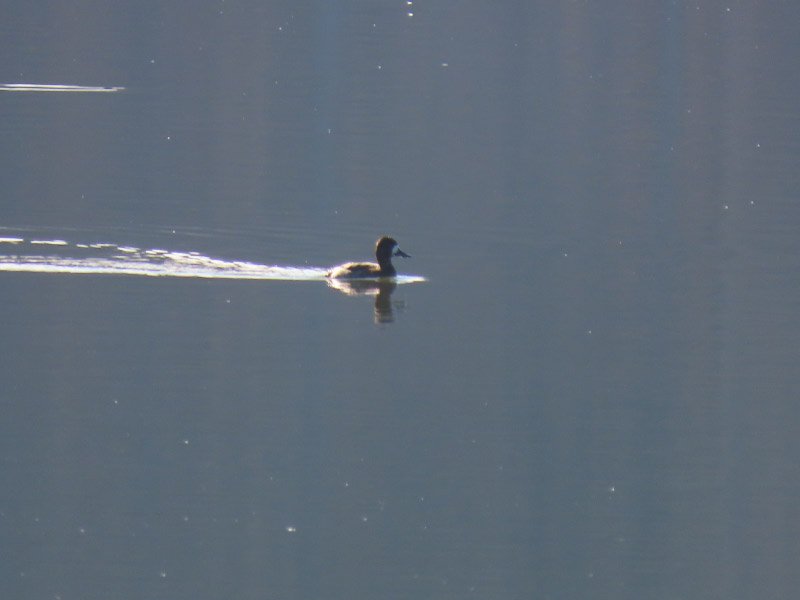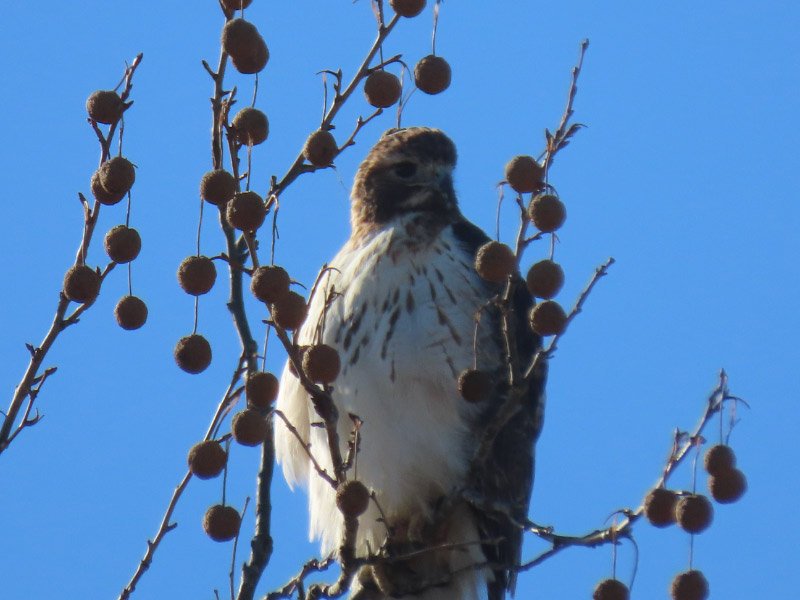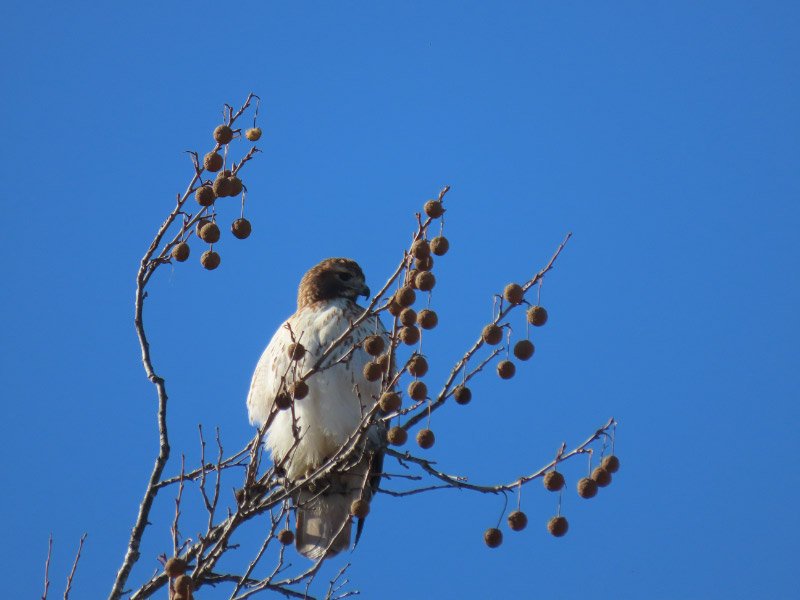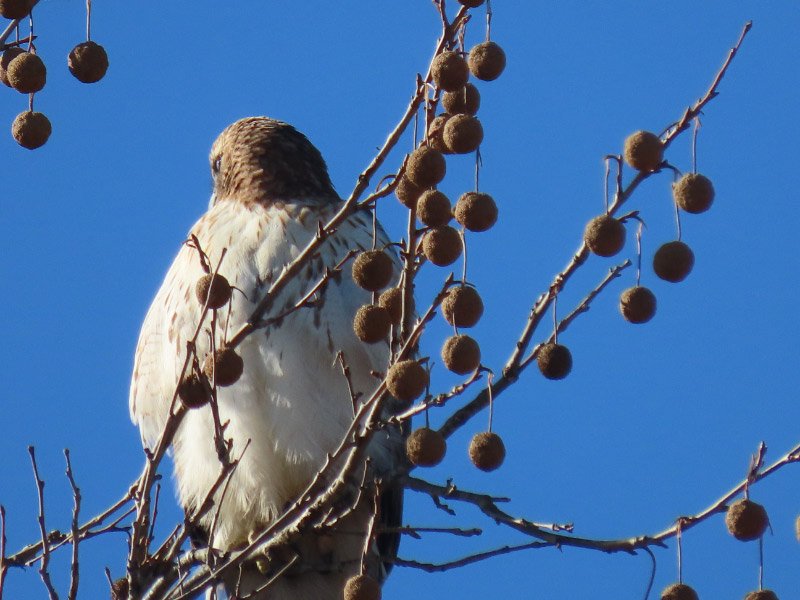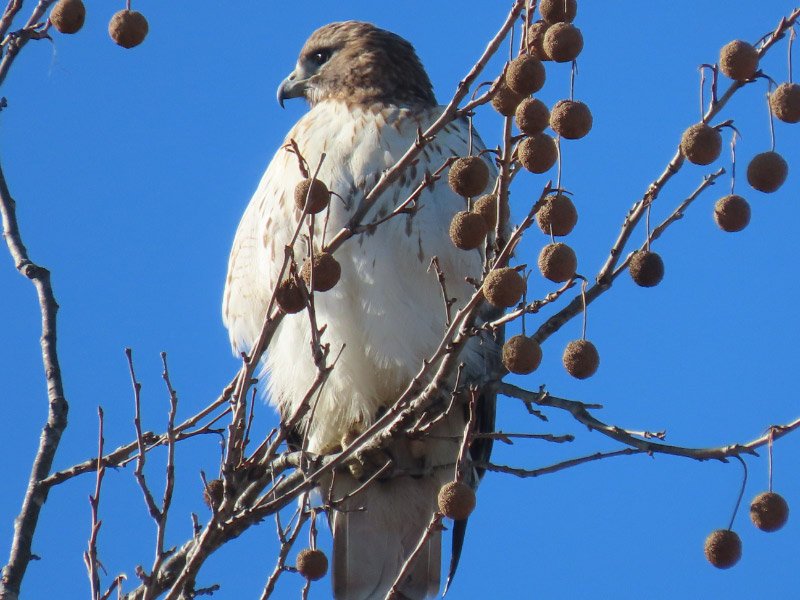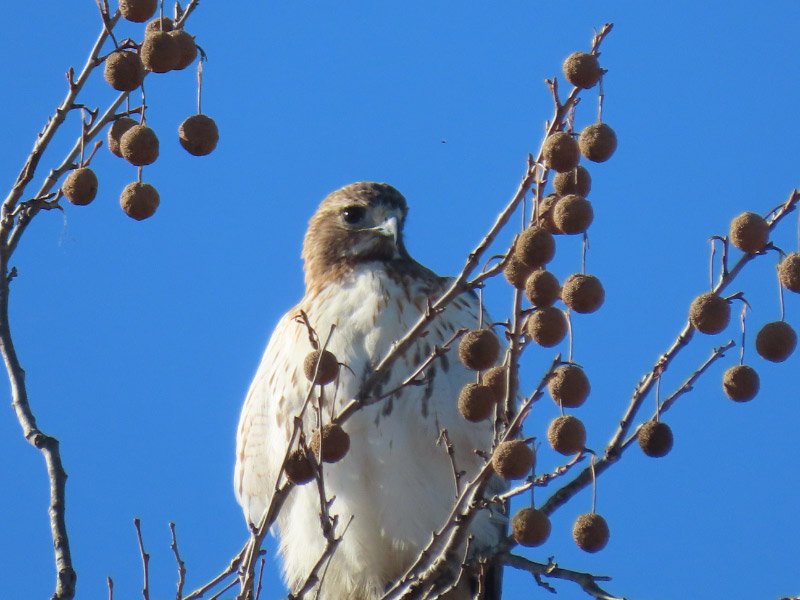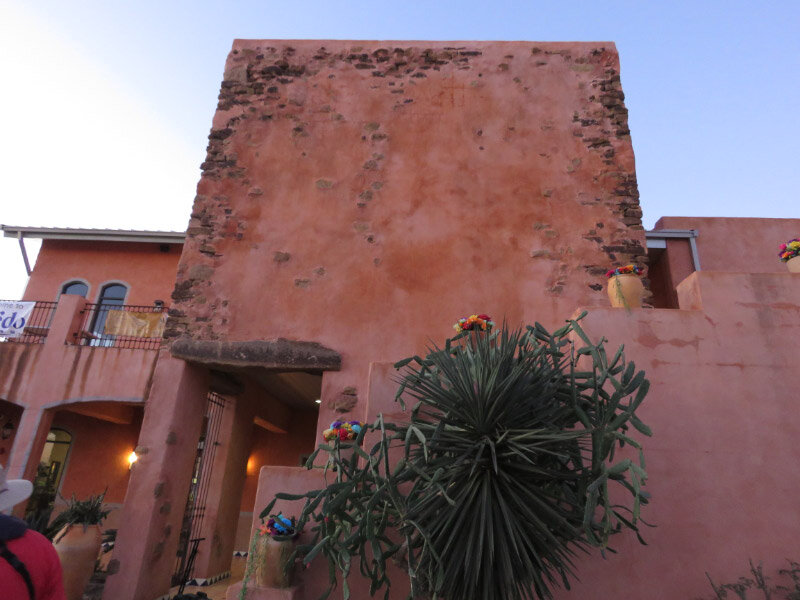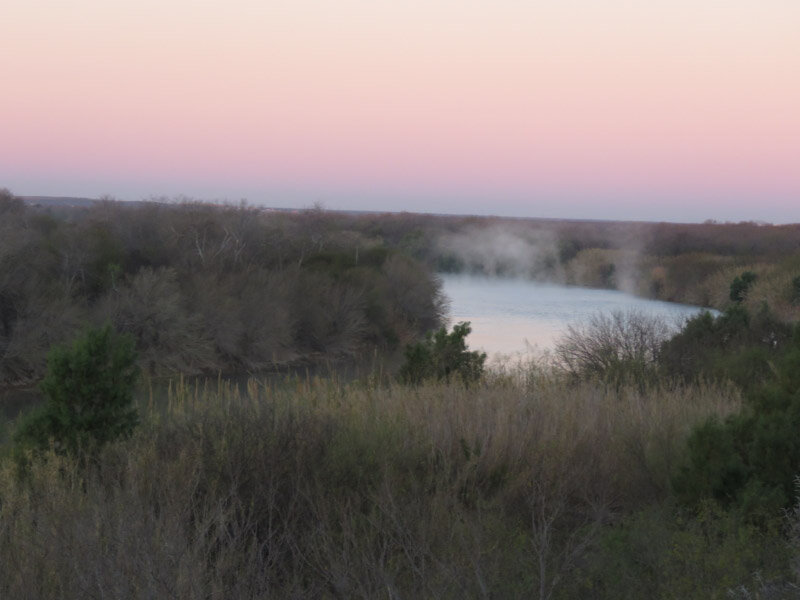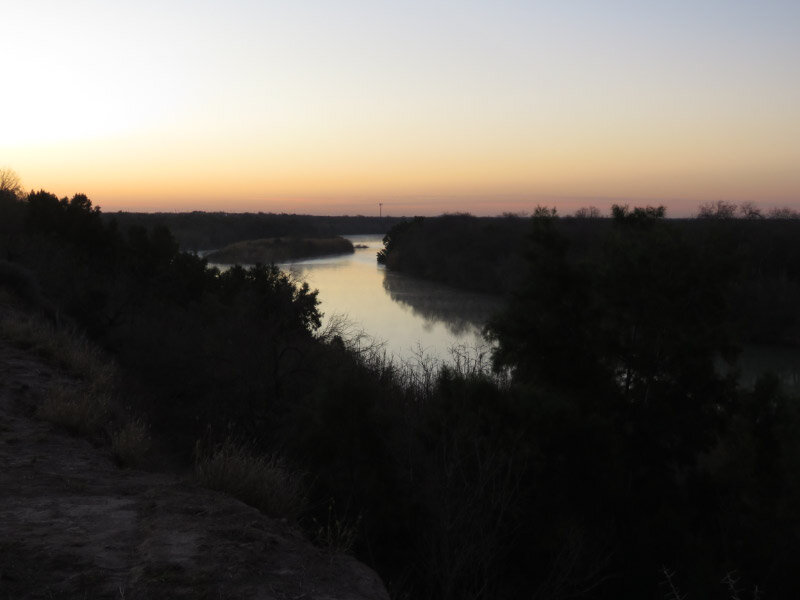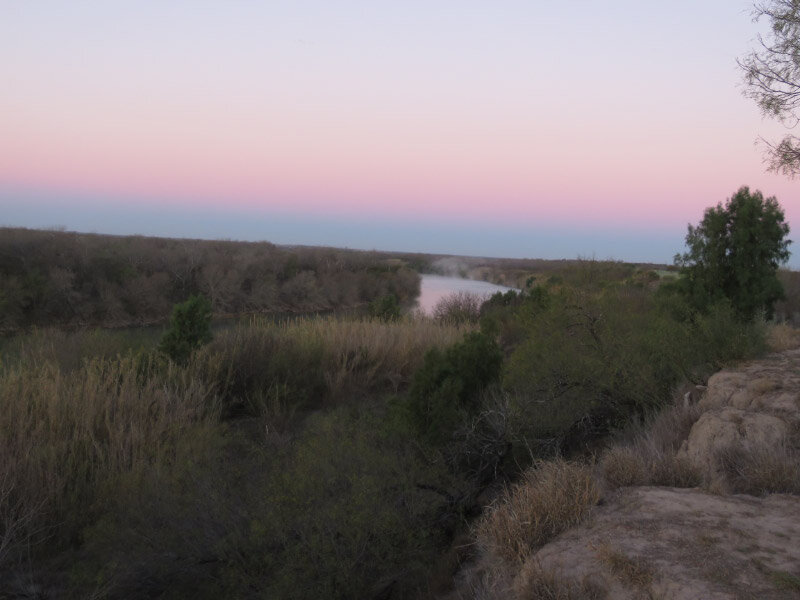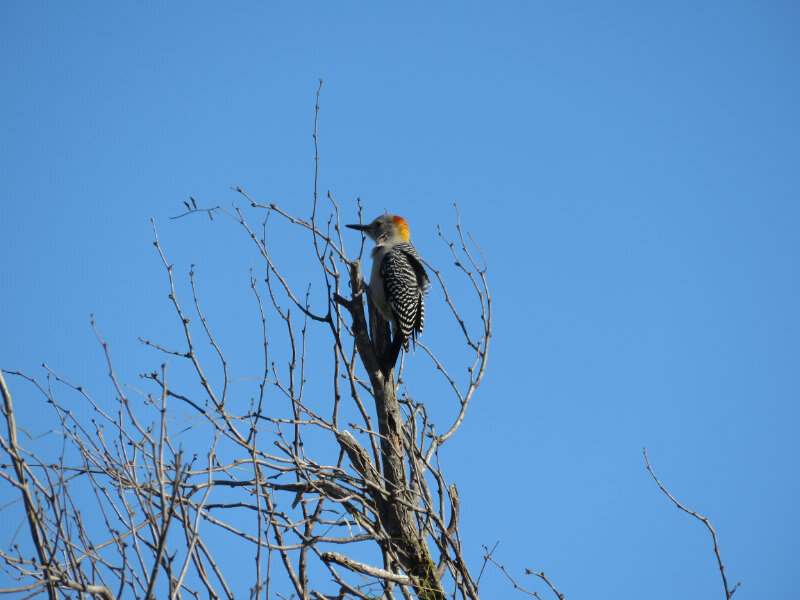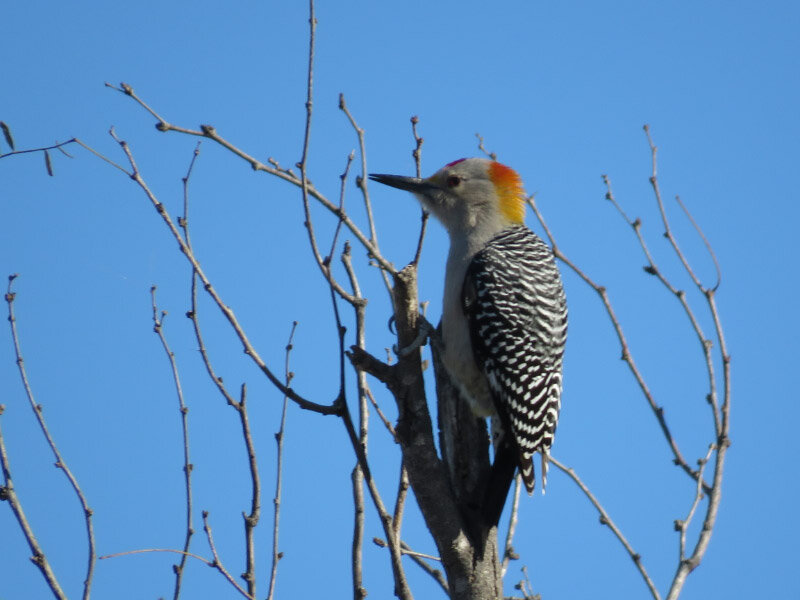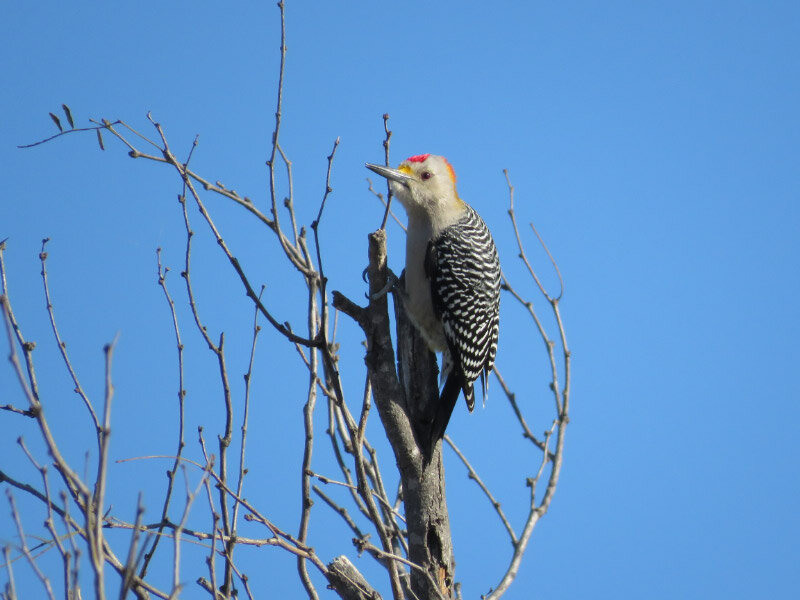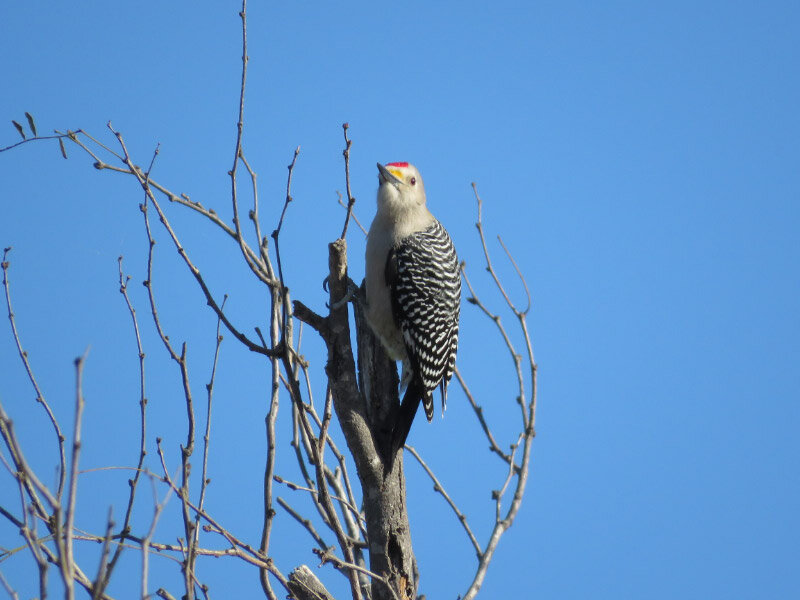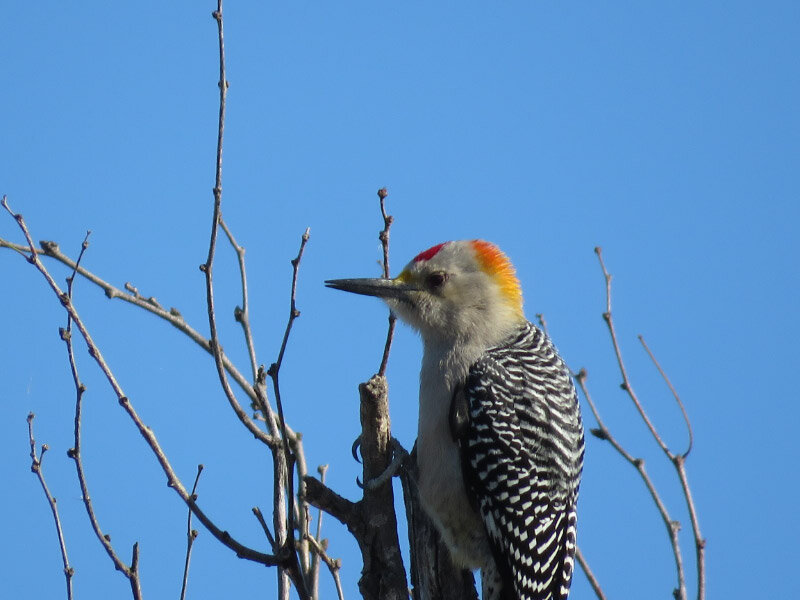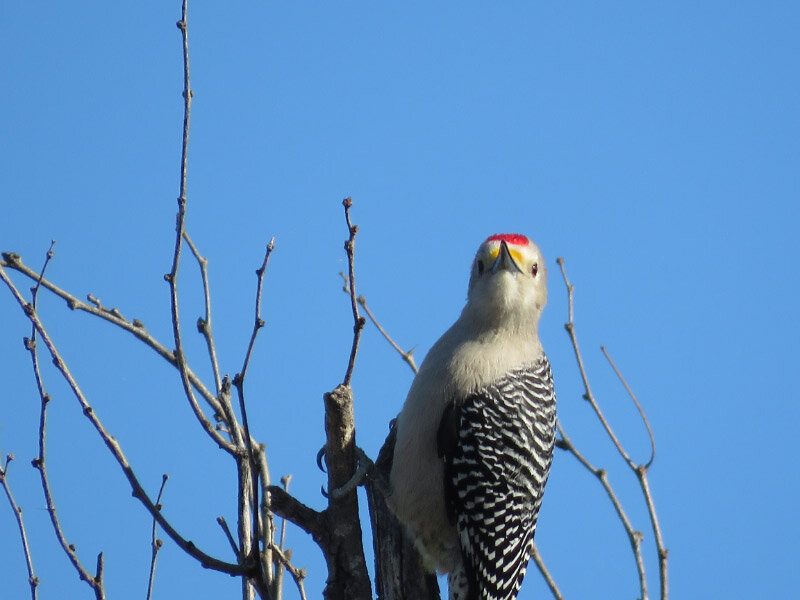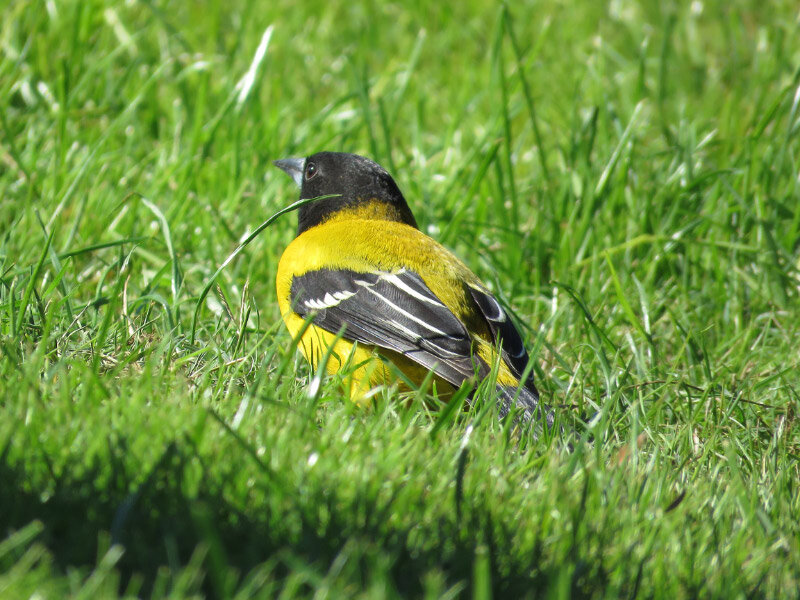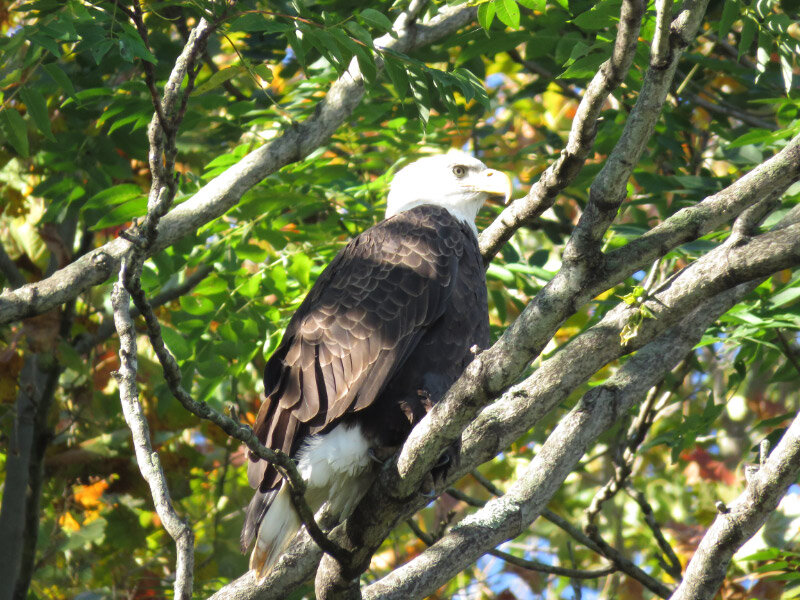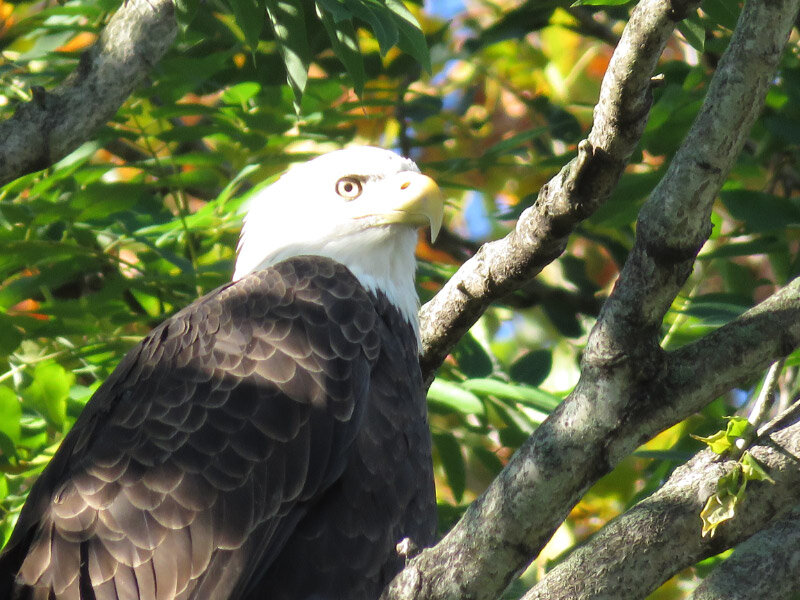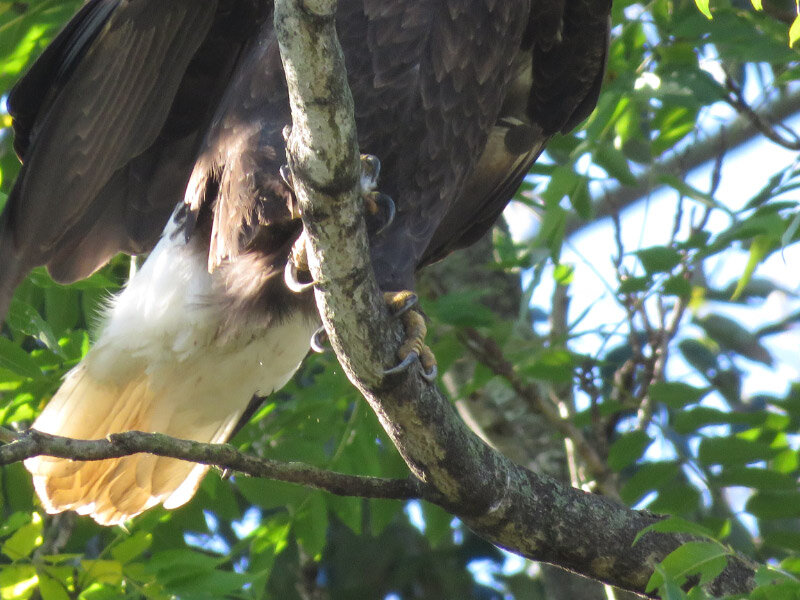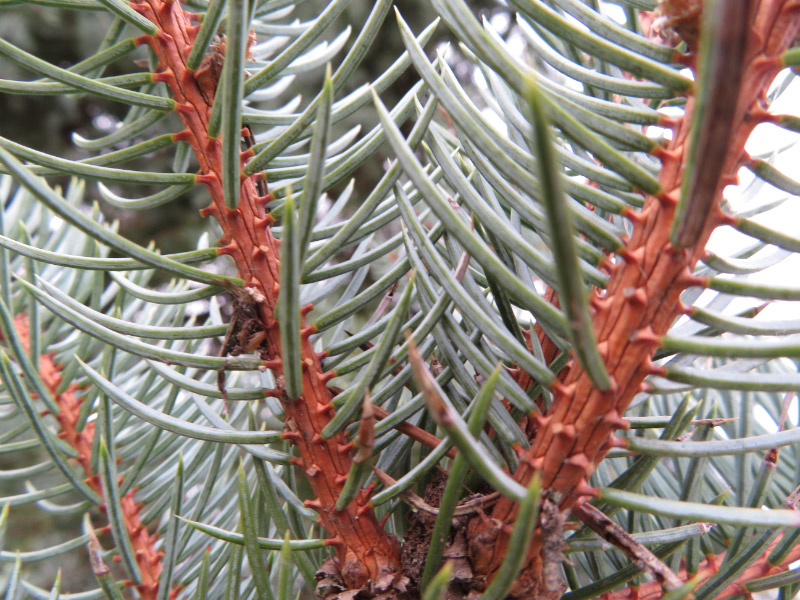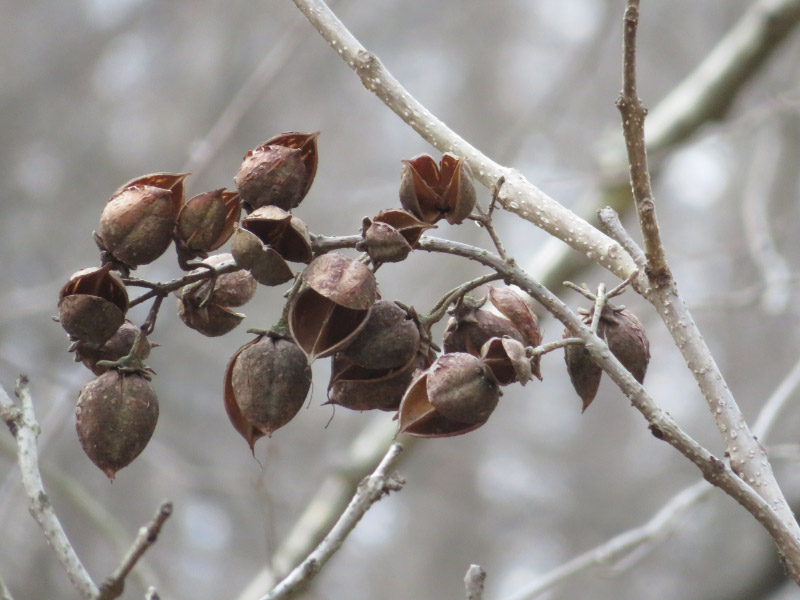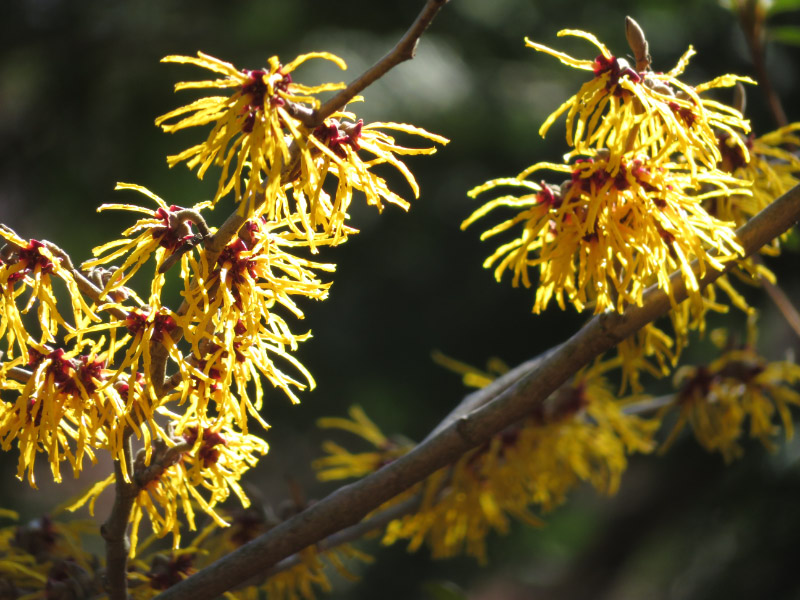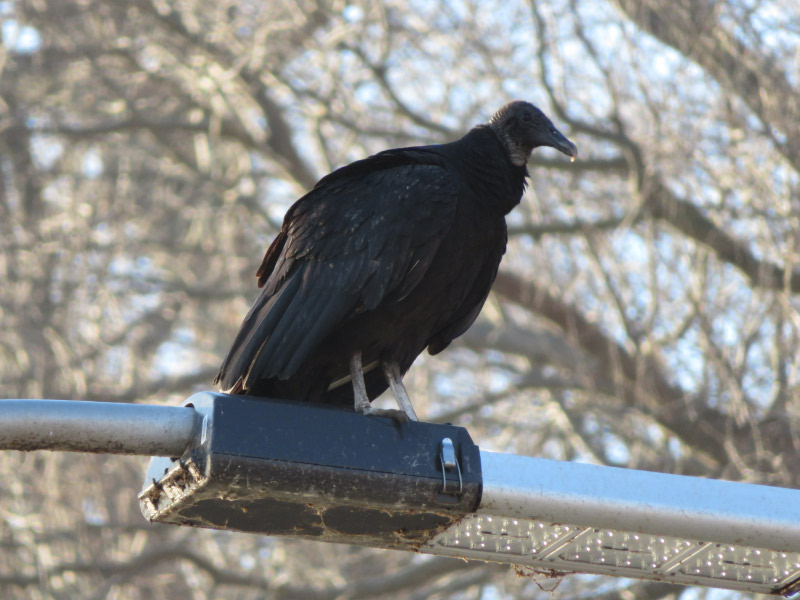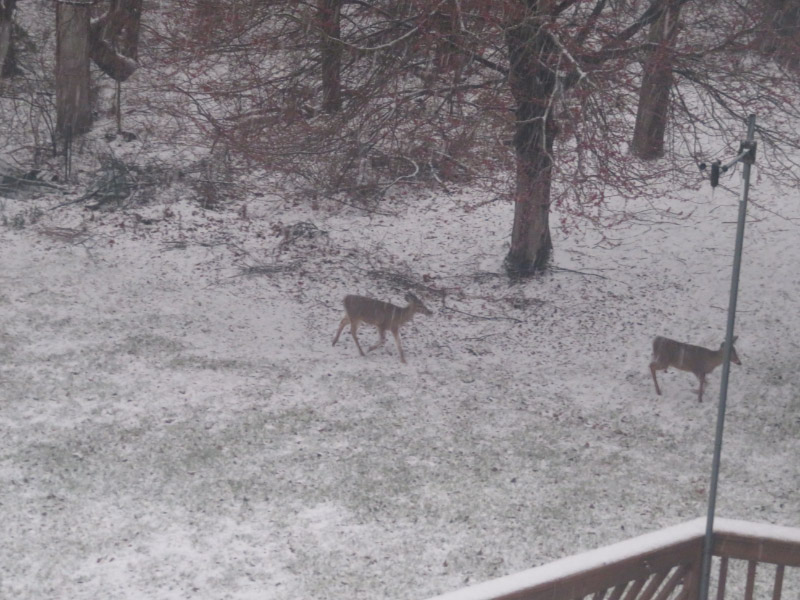Hagerman National Wildlife Refuge – June 2023
/It was hotter and dustier than May on the afternoon I was at Hagerman…a stop on the road trip between my home and Carrollton TX. The riot of wildflowers of May has shifted toward thistles and sunflowers and lotus…with the May flowers producing seed.
There were three types of egrets I saw: cattle and snowy…
And then a great egret on a snag - scratching.
The black vultures were on the ground. They didn’t appear to be around feeding. They were just in a group at the edge of one of the ponds…socializing.
The butterfly garden near the visitor center has a wider variety of flowers still blooming.
And they were attracting butterflies. I watched one getting nectar from a cone flower.
There were several other kinds around too…and I saw one butterfly laying eggs on a plant that didn’t have any flowers (must have been the plant that the caterpillars like to eat). I had a pleasant conversation with a woman as we both enjoyed the garden; she was about my age, had bought a butterfly kit for a granddaughter (the caterpillar had successfully developed into a butterfly that was released), and was part of the rotation caring for her elderly father in his home…a wonderful chance encounter that made the road trip unique!
There were bees in the butterfly garden too. One was taking a break on a bench…an easy picture!





